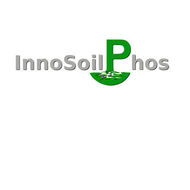Reducing Phosphorus Input into the Baltic Sea—An Assessment of the Updated Baltic Sea Action Plan and Its Implementation through the Common Agricultural Policy in Germany (2023)
Heyl K.
Water, 15 (2), 315
Abstract
The eutrophication of the Baltic Sea is a longstanding environmental issue which is caused by excessive nutrient input including phosphorus. In response, neighbouring states of the Baltic Sea adopted the Helsinki Convention and the updated Baltic Sea Action Plan. The Helsinki Convention aims at the ecological restoration of the Baltic Sea. The updated Baltic Sea Action Plan summarises actions to achieve a good environmental status of the Baltic Sea. It lists the Common Agricultural Policy of the EU as supporting legislation. Against this backdrop, this article aims to assess the extent to which the measures of the Common Agricultural Policy in Germany (Mecklenburg-Western Pomerania) implement the agriculture actions of the updated Baltic Sea Action Plan and thereby contribute to the objective of the Helsinki Convention. To this end, a qualitative governance analysis is applied. Results show that the Common Agricultural Policy addresses most agriculture actions of the updated Baltic Sea Action Plan. Agri-environment climate commitments in particular have the potential to reduce phosphorus input into the Baltic Sea. However, their potential will likely be offset by (1) unclear uptake due to voluntariness, (2) limited funding and (3) continuation instead of real reform of the Common Agricultural Policy. These shortcomings are supplemented by weak actions of the updated Baltic Sea Action Plan. Therefore, other effective policy instruments at the EU level are needed.